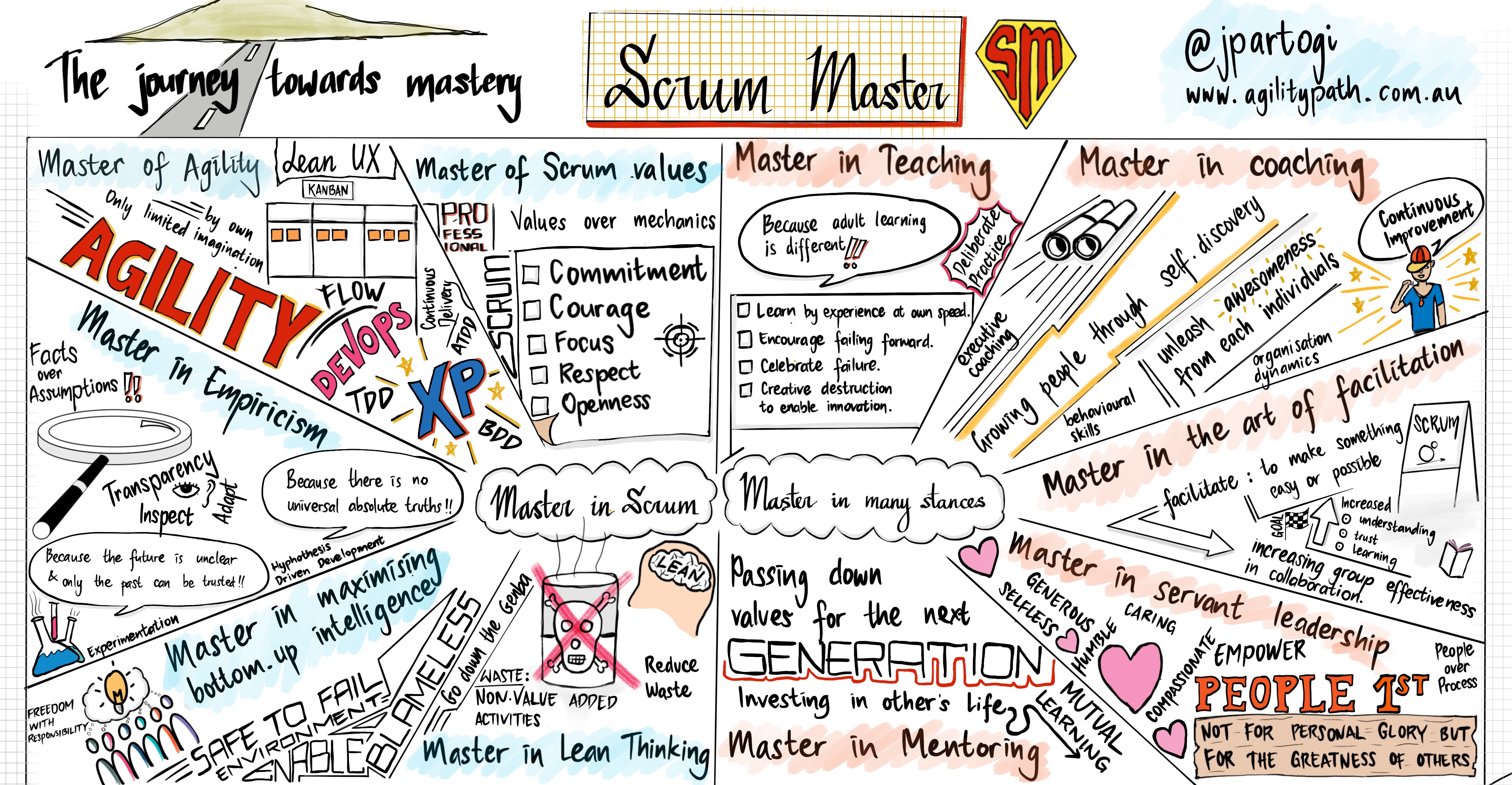There is one of two things every company tries to do whenever they are looking at purchasing a new tool: raise the bottom line by reducing costs, or increase their top line by increasing sales. The main problem we see with people researching community software is a lack of focus in what they want the product to do, and what business objectives they want to accomplish. Before moving forward with a solution, you need to ask yourself what your goals are, and whether this tool can help you accomplish those goals.
The number one way a community can raise your bottom line and reduce support costs is through case deflection. The easiest way to measure ROI here is in how much time it takes your team to close a case if they have to deal with it at all. The goal of a community is to transition from a one-to-one or one-to-many support structure towards a many-to-many support structure. Allow your community to earn reputation, badges, and leaderboard position by solving people’s problems, resulting in you not having to hire more professional support staff when your community scales.
Source de l’article sur DZone (Agile)











